The Great Texas Mopar® Auction: Part VIII
Here we are in the fourth week of July 2021 and just a little over two months remain until The Great Texas Mopar® Hoard Auction Event makes history on October 13th as over 250 vintage and special interest cars and light trucks from the John Haynie collection go up for grabs.
Since these vehicles are located far away from the beaten path in the Texas prairie, where an on-site auction would be highly impractical, the good old Internet will substitute for an auction hall and the entire affair will be conducted virtually, including the all-important pre-sale vehicle inspection.
But fear not, high-resolution digital pictures have been taken of each Lot Number, which can be seen at Spanky’s Freedom Car Auctions website. In addition, live action walk-around videos for 150 of the most exciting vehicles can be seen at the Steve Magnante YouTube Channel – and here at DodgeGarage – where they accompany each week’s preview story. Just click on the link to set the video in motion.
Ok, let’s get started with another bunch of five cool items from The Great Texas Mopar Hoard Auction Event! Remember, every single car, light truck and van will be sold at no reserve on October 13, 2021 (plus a second auction featuring used and N.O.S. parts, tools, dealer sales materials, automobilia and lots more on October 14th). The specifics on how to register will appear on the website soon – and we’ll also be sure to spread the news right here when the time arrives. Until then, enjoy this week’s preview!
1959 Plymouth Fury: Lot #126
Plymouth launched the Fury in 1956 as its first true high-performance car, following in the footsteps of the 1955 Chrysler C300. Through the 1958 model year, Fury remained true to its sporting intent by offering two-door models only and restricting sixes and two-barrel/single-exhaust V8s. But for 1959, Plymouth expanded Fury’s mission by including four doors, station wagons and two-barrel-equipped V8s; sales blossomed from between roughly 4,500 and 7,500 units per year to 82,030 in 1959.
This 1959 Fury hardtop (Lot Number 126) is one of 21,494 two-door fastbacks built and was factory-built with a V8 (missing) and three-speed TorqueFlite® automatic transmission (still present). Inside, the optional automatic headlight dimmer sensor, a $40 item, still sits atop the boldly designed dash and instrument cluster with AM push button radio. Though the bench seats have disintegrated to bareframes, the bones of this classic Exner-designed Fury are solid. We can see many possible fates for this long and lean fastback. Perhaps a Viper merger with massive brakes, a V10 and six-speed stick. Or maybe a retro gasser with a 392 HEMI® engine, straight front axle and cheater slicks? What do you see?
1959 Chrysler Imperial: Lot #124
Everything starts somewhere and when it comes to the production sequence of 1959 Chrysler Imperials, this LeBaron four-door hardtop (Lot Number 124) is the tenth car off the Detroit assembly line. Often times, early production cars like this are known as “pilot cars” since they are built a little slower so assembly workers can get acquainted with the new details versus last year’s models. By serial number 50 or so, the line speeds up to normal.
And occasionally these “pilot cars” end up being used for factory promotional photography in new car brochures and service manuals. Some even get used on the new car show circuit or as loaners for car magazine road testers. After that, most return to the retail sales chain – sometimes selling at discount fleet auctions because of the pre-retail promotional use. None of this is known to be the case with this car, but the possibility is there.
Also of interest is this car’s optional $139.80 Silvercrest top. Meant to emulate the shiny roof of the 1957 Cadillac Eldorado Brougham, Chrysler also utilized brushed stainless steel for an elegant touch. But while the Caddy cost an unprecedented $10,000, this Imperial LeBaron was a comparative bargain with its $6,103 base list price. Options include air conditioning ($590.20 and installed on 37.5 percent of all 1959 Imperials), power windows ($125), rear window defogger ($21.45) and the aforementioned Silvercrest roof. Totaled together, someone spent at least $6,979.45 on this elegant machine.
Though we couldn’t open the hood to see if it was still there, there should be a 413 wedge in place, which replaced the 392 HEMI engine of 1958. Only 622 of these Imperial LeBaron four-door hardtops were built in 1959 and this one is the tenth off the line!
1957 Chrysler Crown Imperial: Lot #123
1957 was a big year for the HEMI engine, displacement grew from 354 to 392 cubic inches thanks to an extra quarter-inch of stroke (from 3.63 to 3.90 inches) and a 0.060 bore increase (from 3.94 to 4.00 inches). It was great for drag racers like Don Garlits, but bad news for cars like this 1957 Chrysler Imperial Crown four-door sedan (lot number 123) – which became targets for engine snatchers.
Happily, a string of protective owners saved it from becoming an “organ donor” and it’s now ready for a new home. Though many of the vehicles in the Great Texas Mopar Hoard are in need of major reconditioning, this Imperial looks to be nearly road ready, aside from some small bits of body rust bubbling up beneath its light blue paint. Of course, a total mechanical inspection will be needed, it’s been sitting for many years.
A close look at the four-door body reveals the fixed center roof B-pillars and full door frames of the sedan body type which, at $5,406, was the exact same price as the sleeker pillar-less hardtop. To some, the benefit of the breezy, open air feel of the hardtop was outweighed by the inevitable wind noise and water leaks with the windows up – especially after the rubber weather seals dried out. But the marketplace spoke and hardtops outsold sedans by over two-to-one (7,843 hardtops vs. 3,642 sedans).
Regardless of the body type, 1957 was the year Chrysler chief stylist Virgil Exner’s Forward Look really blossomed. It was radical and quad headlamps were seen for the first time – but only on cars sold in states that allowed them (interestingly, Rhode Island was one of the last states to legalize quad headlamps). With its sweeping tail fins, forward-slanting front fender profile and bubble-shaped wrap-around windshield, the look was futuristic. In fact, Elvis Presley exclaimed in one of his movies “the flying saucers have landed.” If ever there was an interplanetary flying machine on wheels, this 1957 Imperial is it … especially with its unmolested 392 Firepower HEMI engine!
1957 Plymouth Savoy: Lot #121
This 1957 Plymouth Savoy (Lot Number 121) is something of an odd duck. Yes, it has the sleek fastback roofline seen on the high-performance Fury, but if it looks somehow longer than it should, that’s because it features the so-called Club Sedan two-door body configuration which rides on the longer wheelbase of a four-door sedan for easy six-passenger comfort. So if the area behind the doors and rear wheel openings looks longer than usual, you now have the story of why that’s the case.
These were fairly popular cars with 55,590 built versus 31,373 of the two-door Hardtop Coupe, which had the same roofline but without fixed B-pillars and riding on a shorter wheelbase. The engine has a special story. It’s either a 276- or 301-cubic-inch version of Plymouth’s new-for-’57 polyspherical head V8, which was a simplified version of the polyspherical head V8s used in other Chrysler Corporation vehicles. Built at the Detroit Mound Road engine plant, this engine was known as the A-series Poly, which evolved into the even lighter wedge-headed LA-series 273 in 1964 (which grew into the legendary 318-, 340- and 360-cubic-inch small block family).
Fed by a single two-barrel carburetor, the V8 is backed by a column-shifted three-speed manual transmission with manual steering and brakes. The only options appear to be a heater ($69) and radio – which is presently missing from its space in the dash. Then again, we weren’t able to open the trunk, perhaps it’s stored within. Regardless, the body is very solid with no signs of rust repair or plastic filler. View the live-action walk-around video for more information on this first-year torsion bar suspended Plymouth!
1964 Dodge Polara 500: Lot #111
After viewing this week’s assortment of highly stylized Forward Look Mopar vehicless from the late-fifties, this 1964 Dodge Polara 500 two-door hardtop (Lot Number 111) looks fairly conservative. Crawling out from under the unfortunate sales slump triggered by the previous era of flash and fins, this 1964 ushered in a string of successively more conservative – and popular – designs as the sixties progressed. One of about 18,400 Polara 500s built in 1964 – all of which were V8 powered – the skinny 15×4.5 inch Cragar S/S front wheels give it an exciting ex-racecar vibe.
That dulls a bit when power drum brakes ($43), power steering ($77) and remnants of the factory air conditioning system ($445) are discovered under the hood. These weighty and expensive items were not offered on Max Wedges and Race HEMIs and suggest it was most likely a 318- or 383-powered boulevard cruiser when new (there is currently no engine or transmission). Interestingly, the $445 price tag for the factory air conditioner was the exact same amount charged for the Ramcharger 426 Max Wedge – but those two items could not be had together.
Inside, the front bucket seats and center console (located loose in the trunk) mark it as the top-tier Polara 500 model, positioned above the 330, 440 and Polara series. One very uncommon option are the power windows – a $102 option. The trunk is full of loose odds and ends with a very solid floor pan exhibiting minimal rust – compared to the Swiss cheese rust buckets typically encountered in 2021.
Though not the highly sought after less-is-more 330 or 440 series box-roof two-door sedan, this hardtop exhibits the more aerodynamic roofline and wrap-around rear window that helped make these Dodges and Plymouths successful in NASCAR super speedway races. We can see this one as a Cotton Owens Number 6 Daytona 500 tribute. Or maybe a Ramchargers Super Stock replica (though most of their racing was done with a 330 series HEMI engine-powered sedan, the Rams displayed a candy-striped hardtop at the 1964 New York World’s Fair). Or maybe an all-out altered wheelbase Match Basher. Or maybe a…
That’s it for this week’s preview of the Great Texas Mopar Hoard Auction Event. But fear not, as the October 13, 2021 online auction draws closer, we’ll be back next week – and every week until the sale – with more delectable Dodge Brand vehicles (and Plymouths, Chryslers and Imperials) for your enjoyment – and potential ownership.
Check out these other great Mopar vehicles up for grabs:
The Great Texas Mopar Auction: Preview
The Great Texas Mopar Auction: Part II
The Great Texas Mopar Auction: Part III
The Great Texas Mopar Auction: Part IV
The Great Texas Mopar Auction: Part V
The Great Texas Mopar Auction: Part VI
The Great Texas Mopar Auction: Part VII
The Great Texas Mopar Auction: Part IX
The Great Texas Mopar Auction: Part X
The Great Texas Mopar Auction: Part XI
The Great Texas Mopar Auction: Part XII
The Great Texas Mopar Auction: Part XIII
The Great Texas Mopar Auction: Part XIV
The Great Texas Mopar Auction: Part XV
The Great Texas Mopar Auction: Part XVI
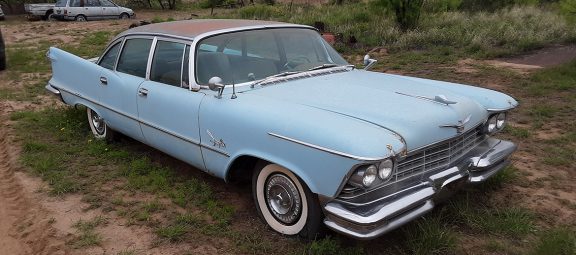
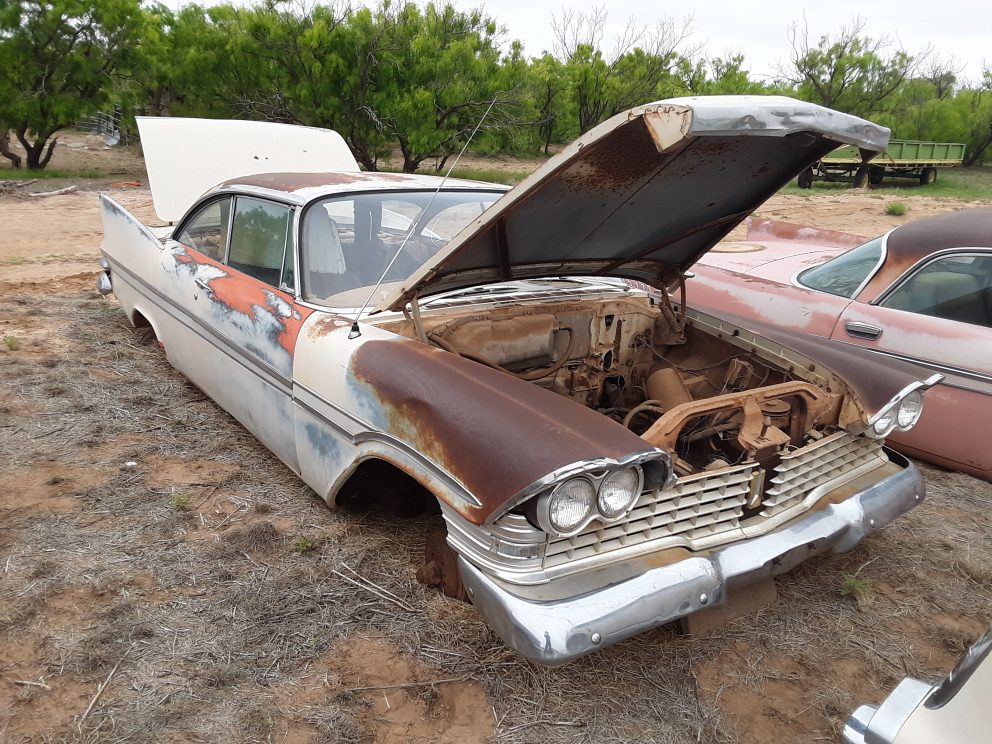
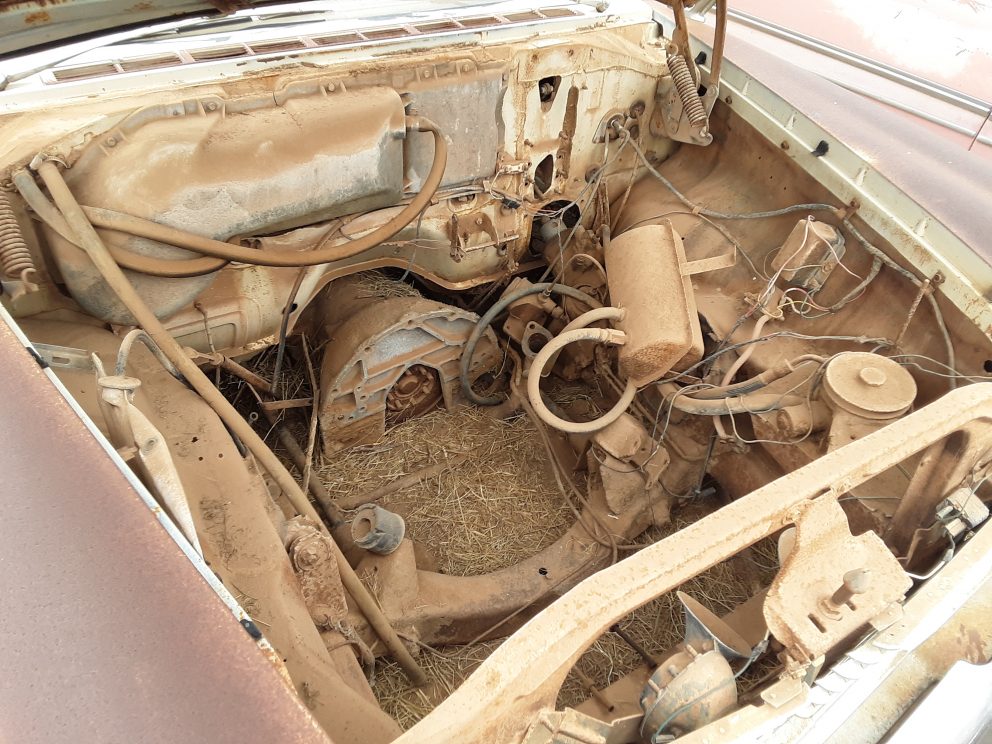
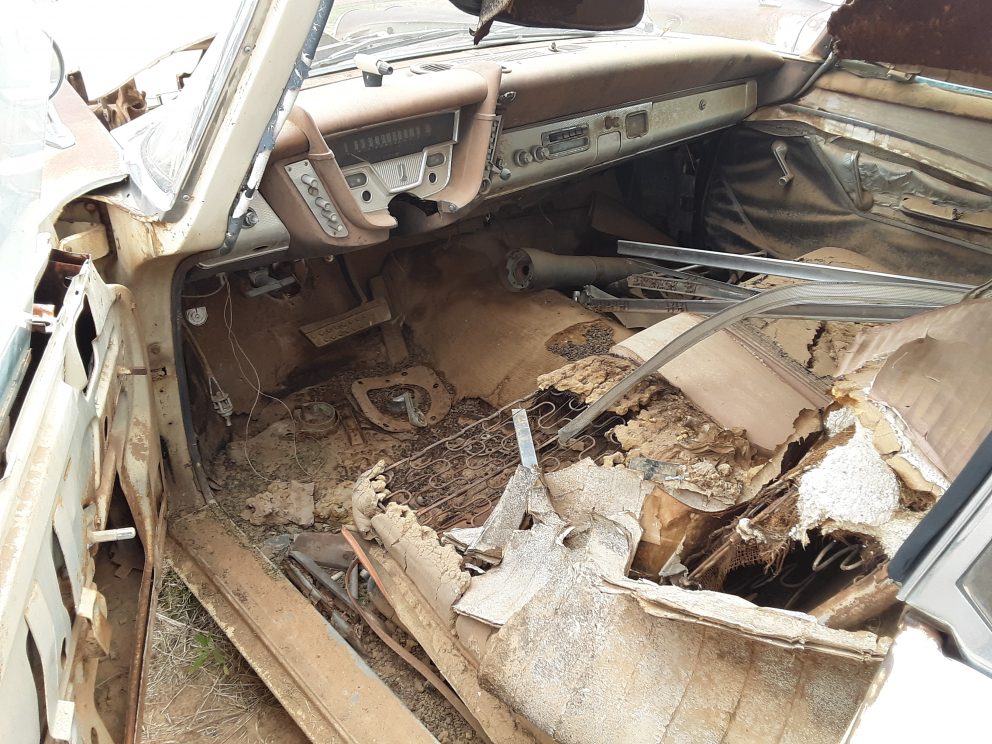
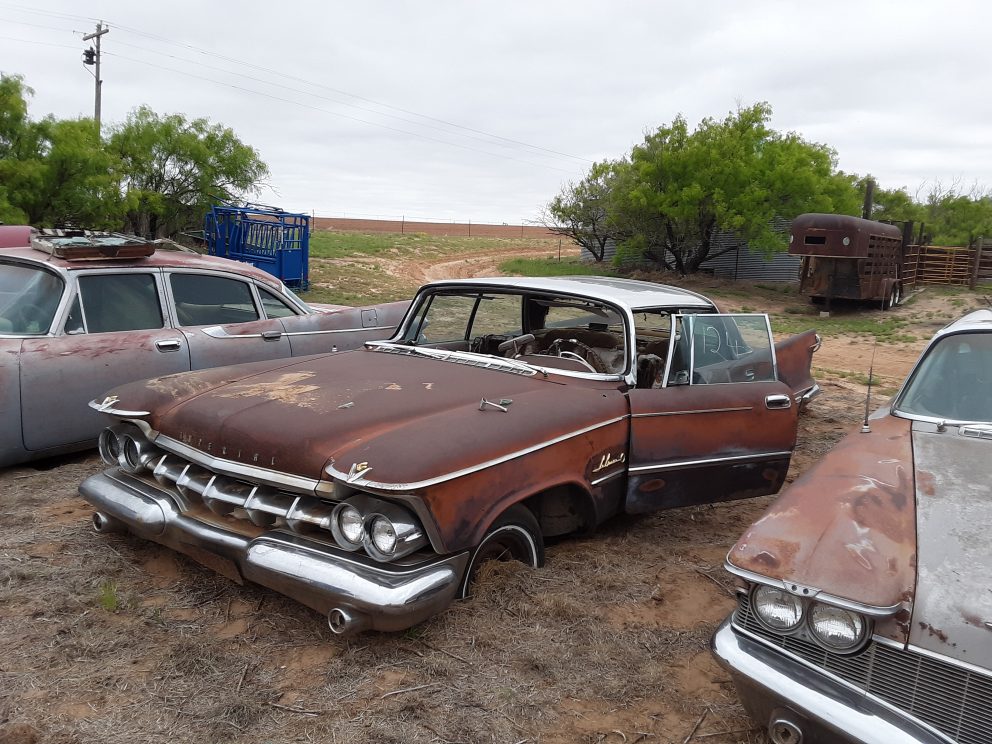
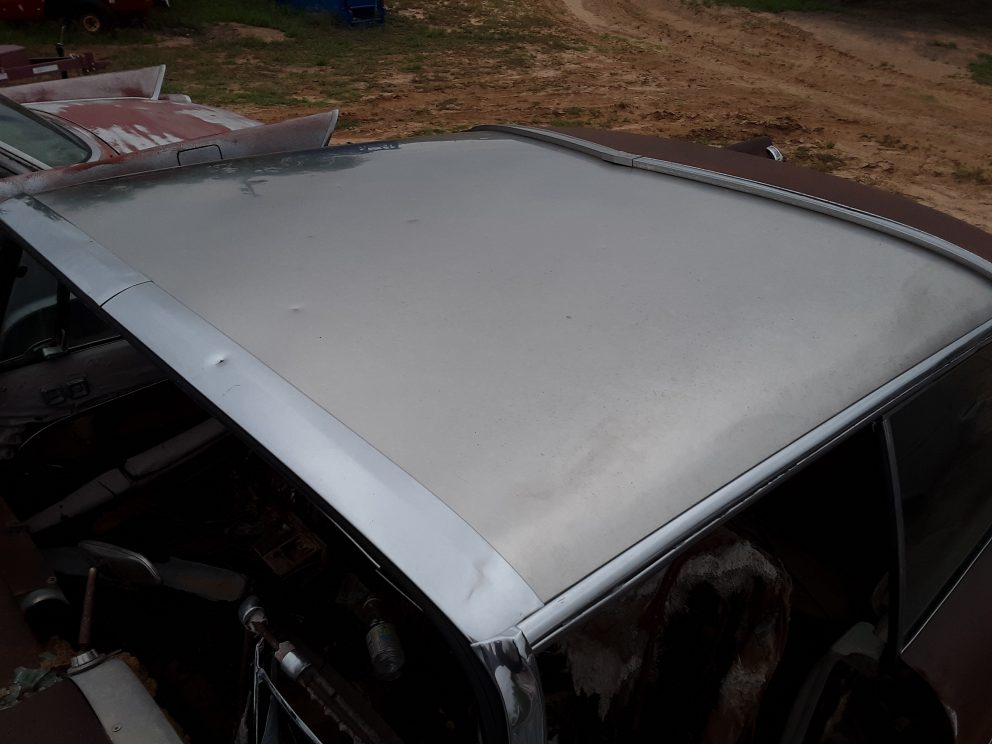
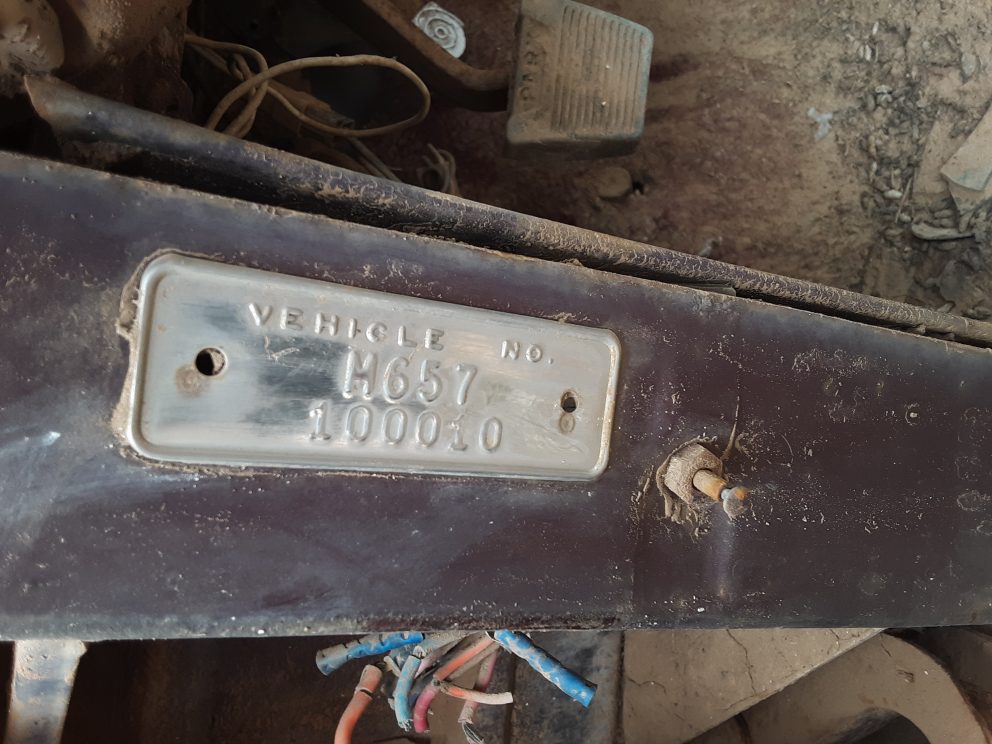
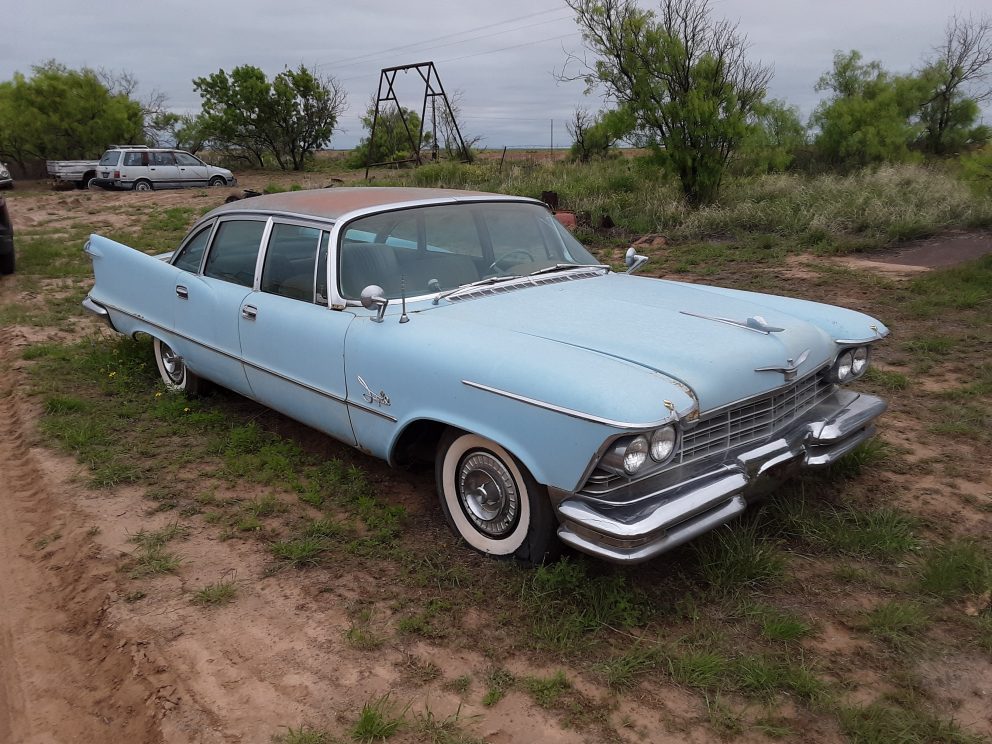
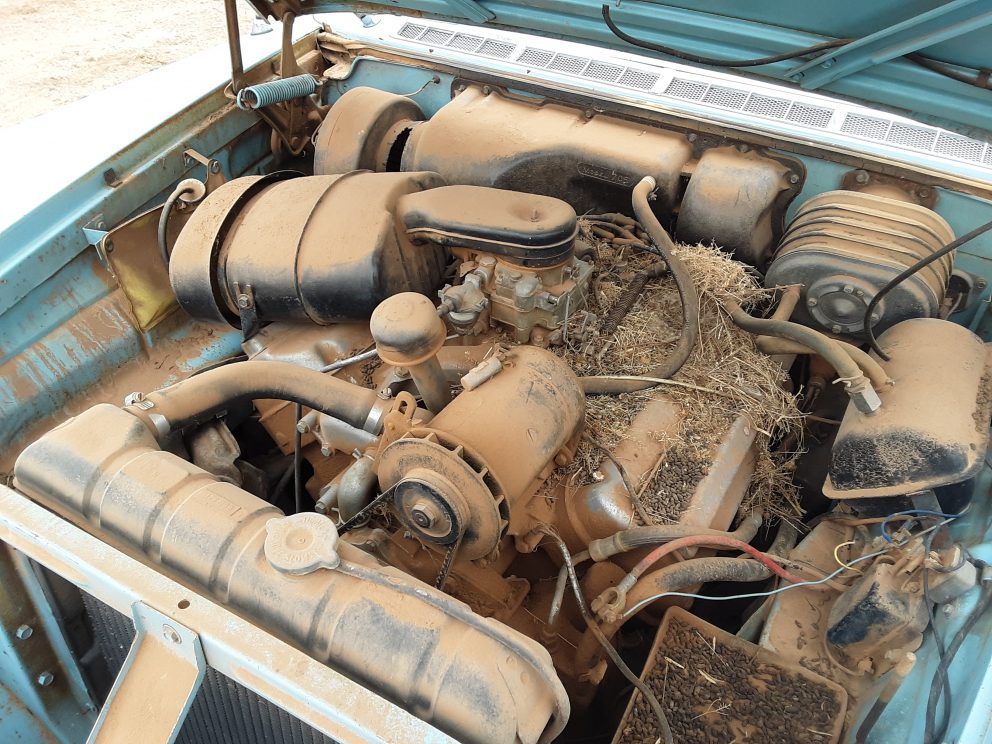
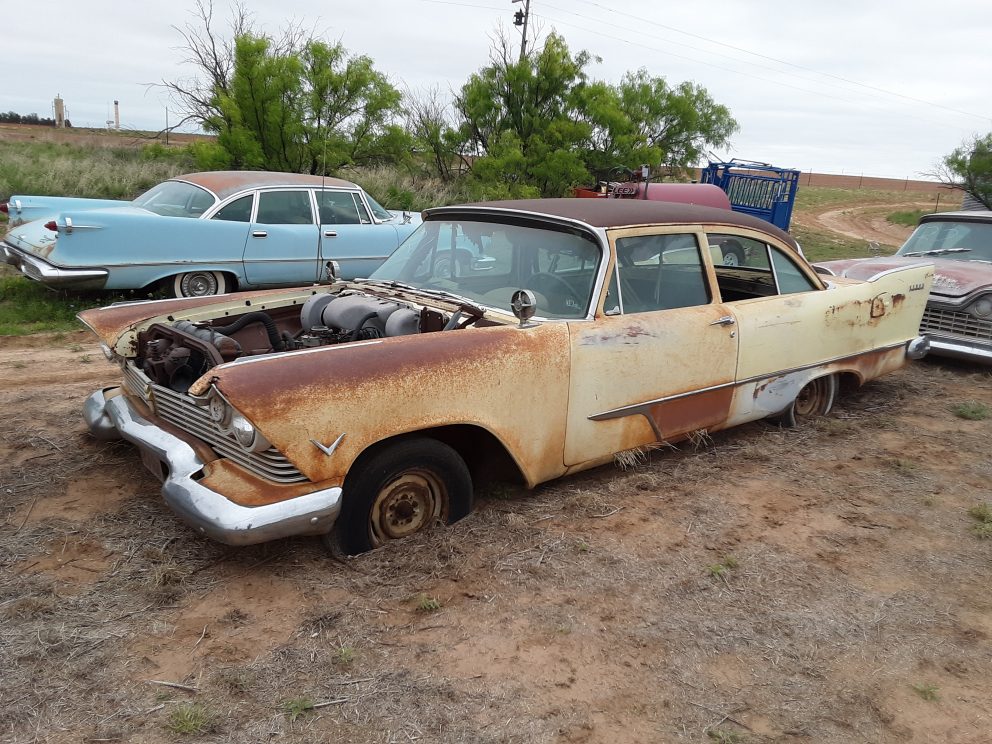
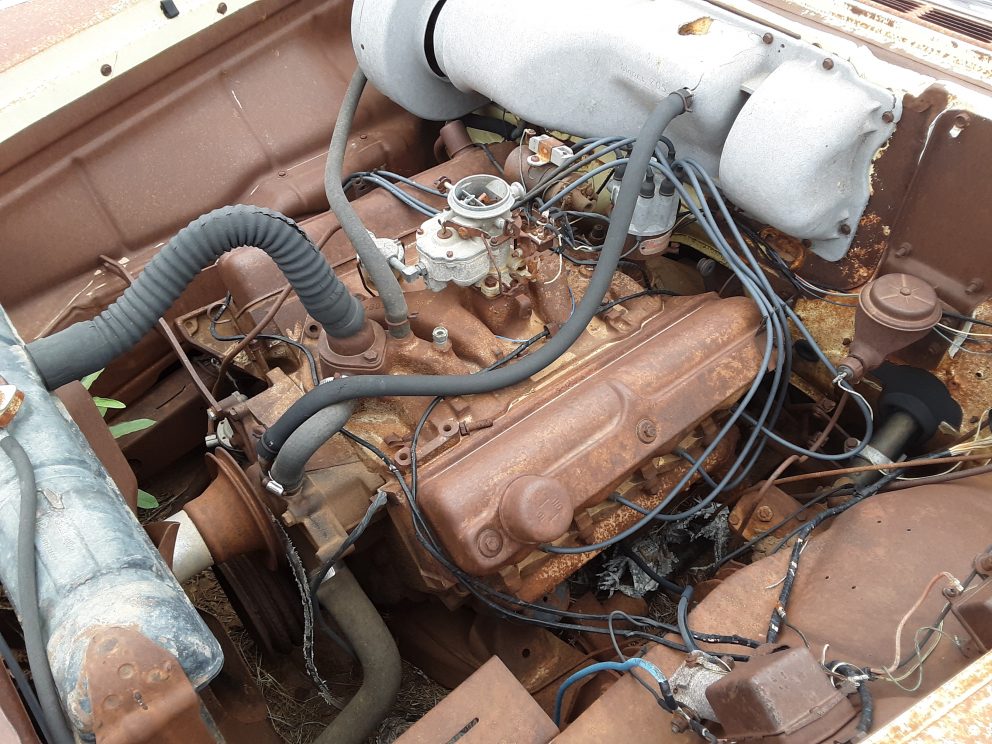
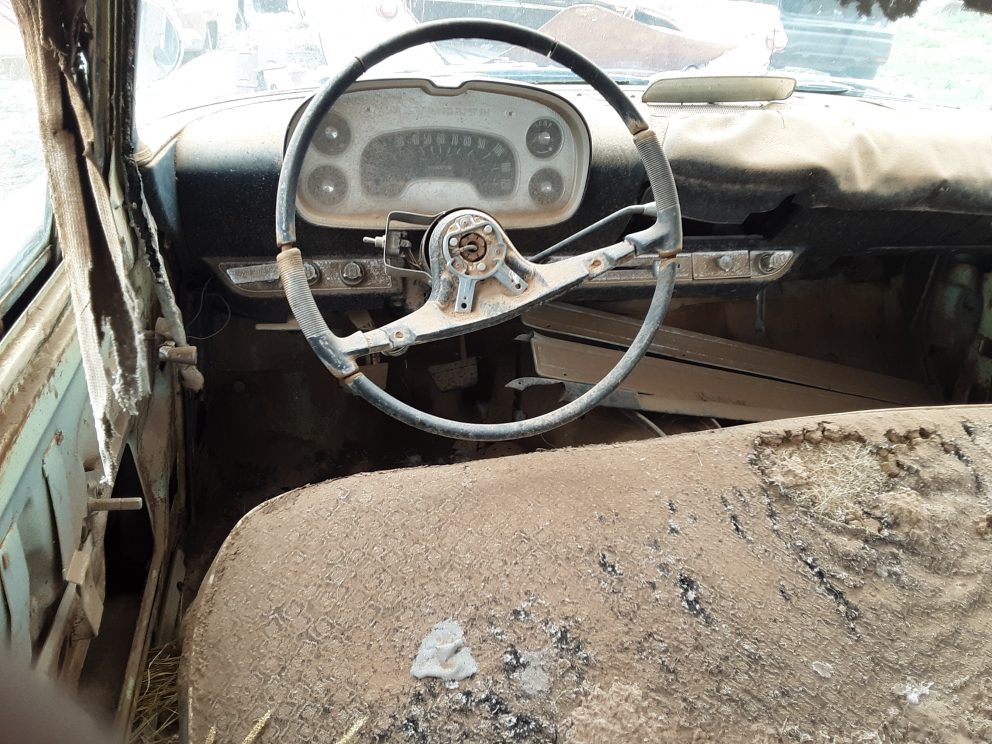
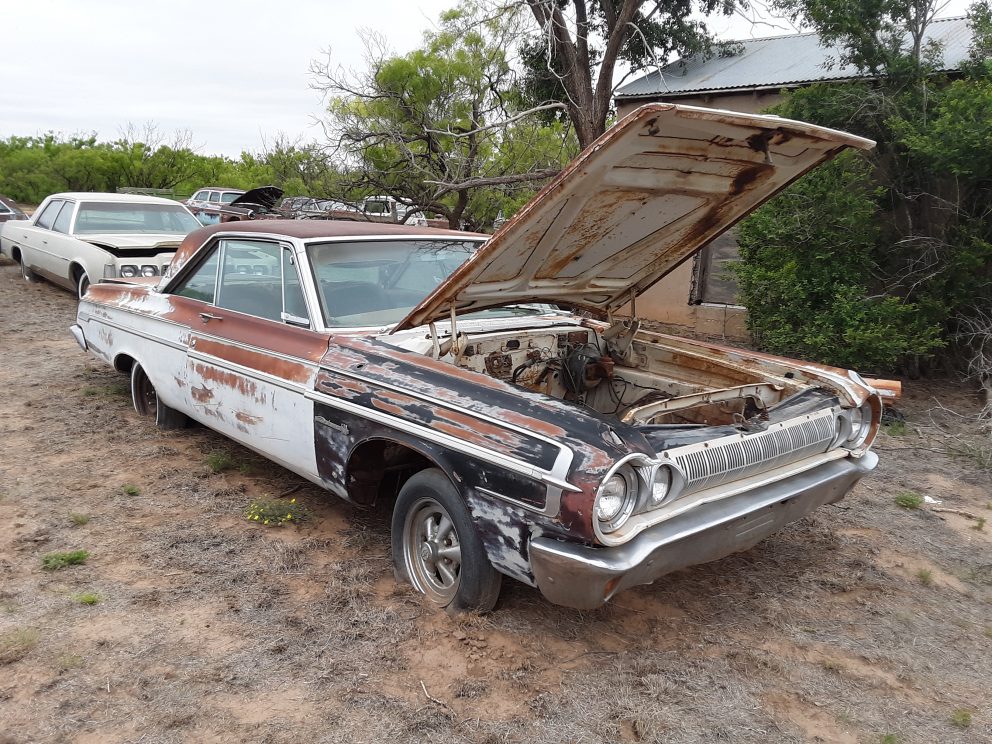
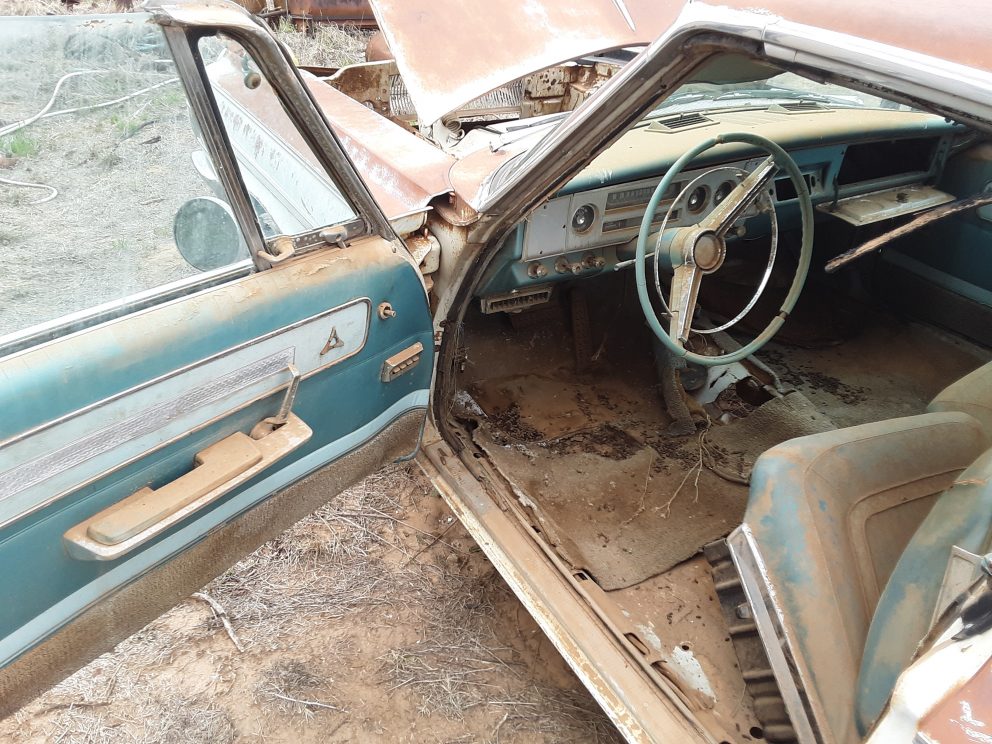
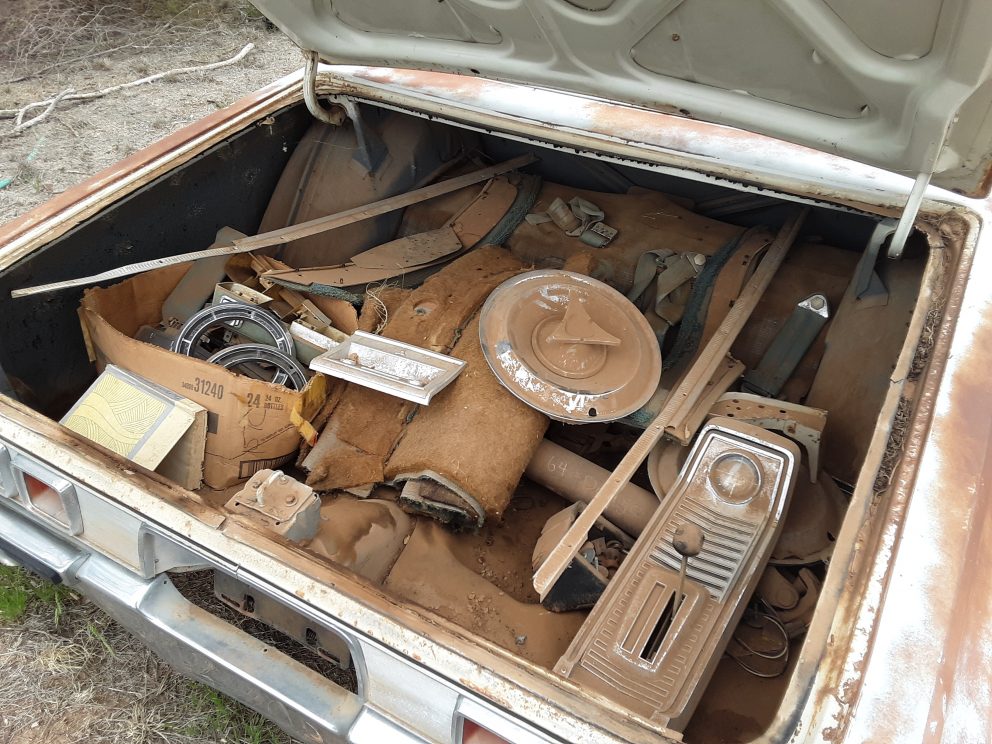
0 Comments